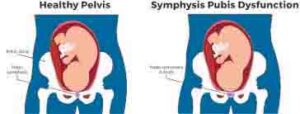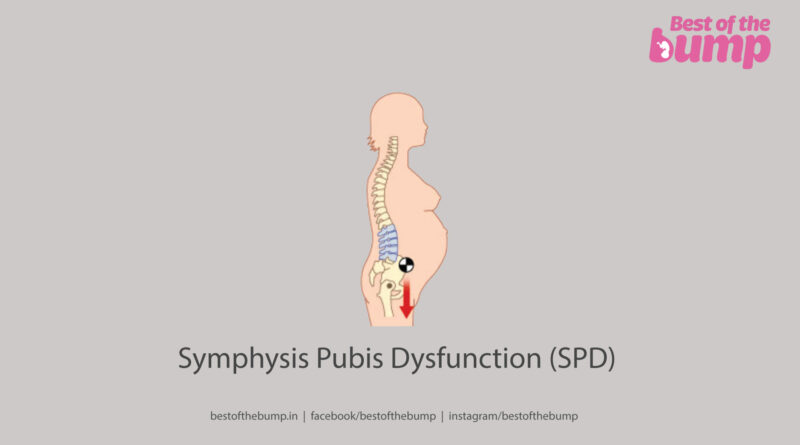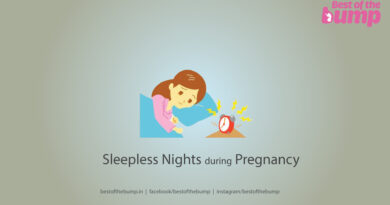Symphysis Pubis Dysfunction (SPD)
Experiencing excruciating pelvic pain during pregnancy or after childbirth? You might be grappling with Symphysis Pubis Dysfunction (SPD), a condition that affects approximately one in 35 women. This intense pain can significantly impede your ability to walk, climb stairs, and move your pelvic bones. Fortunately, there are strategies to effectively manage and alleviate SPD, offering relief and improving your quality of life during this transformative period.
Symphysis Pubis Dysfunction Explained

SPD occurs when the symphysis pubis, a joint located at the front of the pelvis, undergoes separation, leading to discomfort and pain. Hormonal changes that accompany pregnancy, such as the softening of cartilage, can result in excessive flexibility in the pelvic bones. This increased flexibility creates a larger gap in the symphysis pubis area, rendering it highly sensitive and prone to discomfort.
Timeline and Symptoms of SPD
The onset of Symphysis Pubis Dysfunction (SPD) can vary among women. Some may experience pain as early as the first trimester, while others might notice it during or after childbirth. Common symptoms of SPD include pain in the front of the pelvis, lower abdomen, hips, inner thighs, and groin. Activities like walking, climbing stairs, or even lifting your legs can exacerbate the pain. Some women report hearing a clicking sound when they move. If you identify with these symptoms, seeking evaluation from your healthcare provider is essential.
Diagnosis and Treatment Options
Diagnosing SPD may involve procedures such as ultrasounds during pregnancy or pelvic X-rays and MRIs after delivery. Treatment options encompass pain management prescribed by a healthcare professional and seeking assistance from a physiotherapist. These specialists may suggest techniques like Transcutaneous Electronic Nerve Stimulation (TENS), as well as provide support belts and crutches. Furthermore, alternative practitioners such as acupuncturists, reflexologists, chiropractors, aromatherapists, osteopaths, hypnotherapists, and herbalists can offer distinctive approaches to alleviate the pain associated with Symphysis Pubis Dysfunction (SPD).
Minimizing the Impact of SPD
While preventing Symphysis Pubis Dysfunction (SPD) entirely isn’t guaranteed, you can take measures to minimize large pelvic movements throughout your pregnancy. For instance, swimming breaststroke may worsen the condition, making other strokes a more prudent choice. Staying active is important, but opting for activities that won’t exacerbate your SPD is crucial.
Managing SPD During Childbirth
Concerned about delivering your baby with Symphysis Pubis Dysfunction (SPD)? Rest assured that vaginal delivery is still a viable option and is often preferred. However, it’s vital to communicate your condition to your healthcare providers. This ensures they understand the necessity of minimizing the extreme spreading of the legs during delivery. Positions like the “all-fours” (hands and knees) or side-lying may offer greater comfort during the pushing phase. If you choose to have an epidural, be aware that it might mask the pain of separation, underscoring the importance of informing caregivers about your condition to avoid positions that could worsen the situation.
The Temporary Nature of SPD
It’s crucial to recognize that SPD is a temporary condition. As the hormones responsible for softening cartilage during pregnancy decrease, the condition typically resolves. While there is no guaranteed prevention strategy, subsequent pregnancies might still be affected. However, experiencing SPD in subsequent pregnancies isn’t a certainty. Seeking guidance from healthcare professionals is key to managing pain and minimizing discomfort.
Tips for Alleviating SPD During Pregnancy
Wearing a pelvic support belt can provide stability and alleviate pain. Engaging in Kegel exercises and pelvic tilts can strengthen pelvic muscles. Avoiding triggers like dressing while standing and heavy lifting is essential. If the pain becomes severe, consulting your practitioner about pain relief options is recommended.
In conclusion, Symphysis Pubis Dysfunction (SPD) is a complex condition that can significantly impact pregnant individuals and those who have recently given birth. Understanding its causes, symptoms, and management strategies is crucial for minimizing discomfort and optimizing your pregnancy journey. Seek support, communicate with healthcare professionals, and stay positive – you have the ability to navigate and mitigate the challenges posed by SPD during this remarkable chapter of your life.




